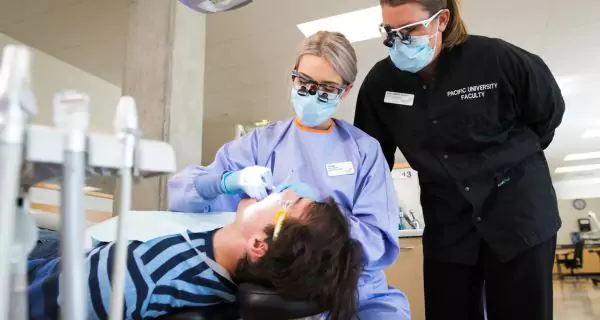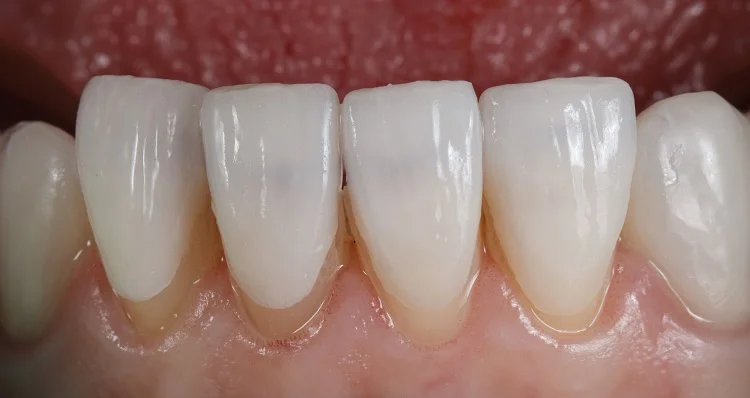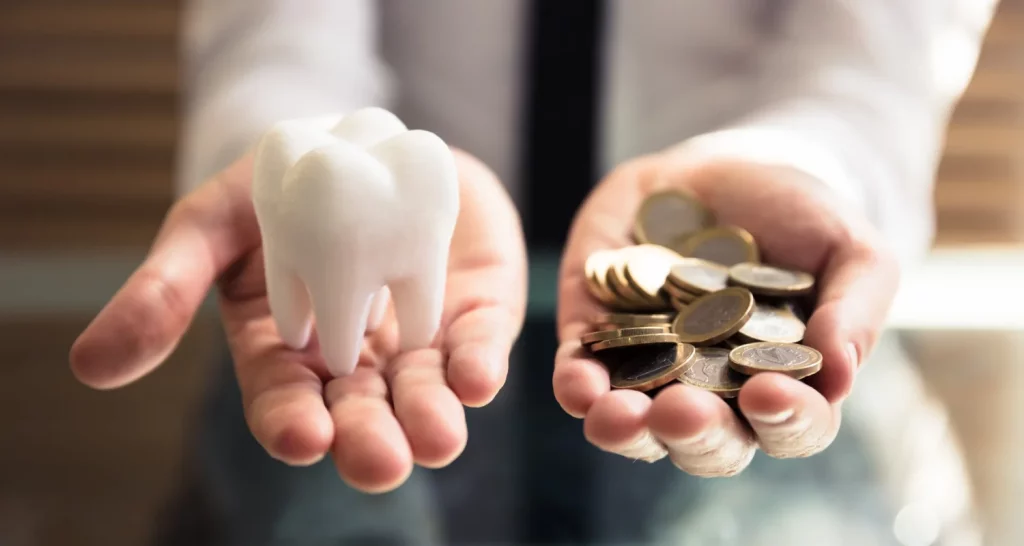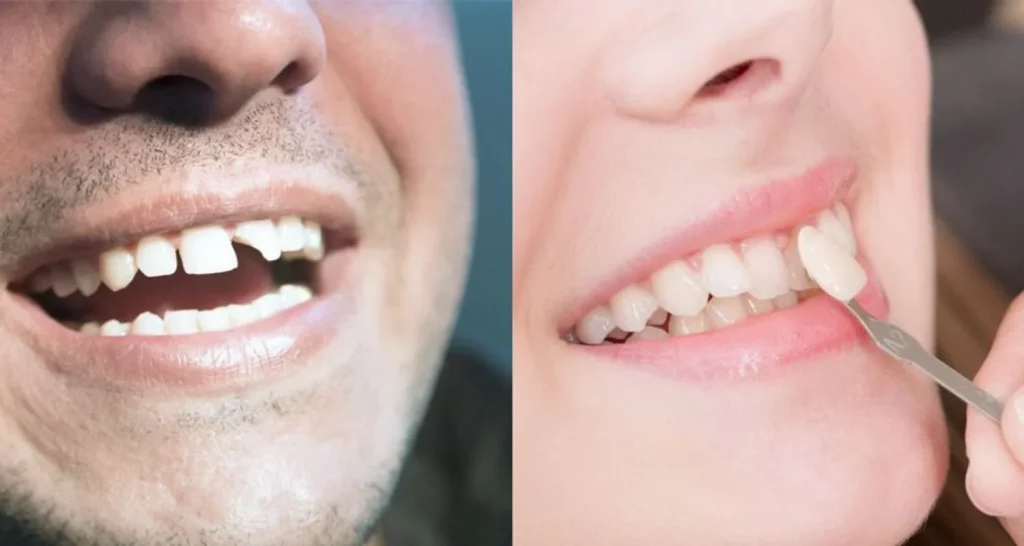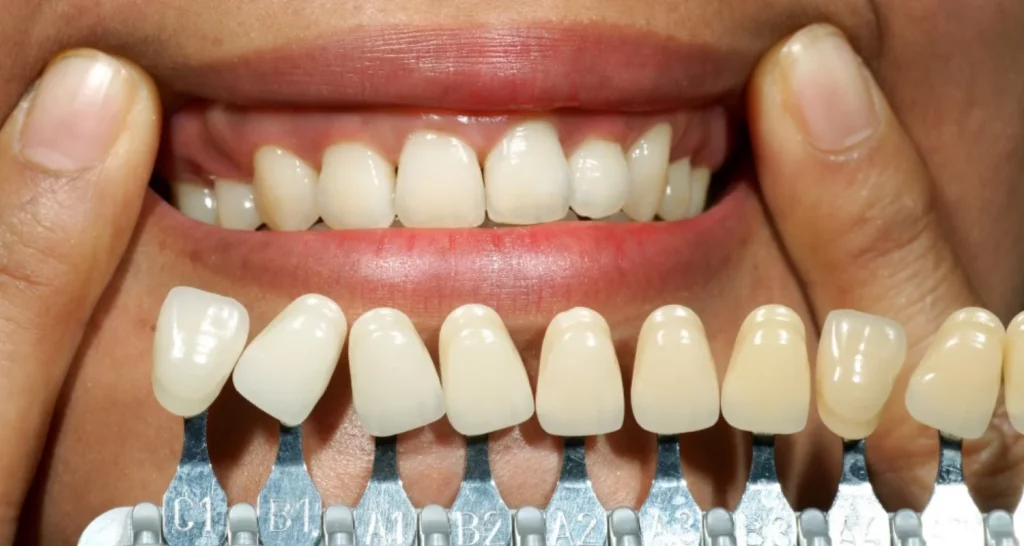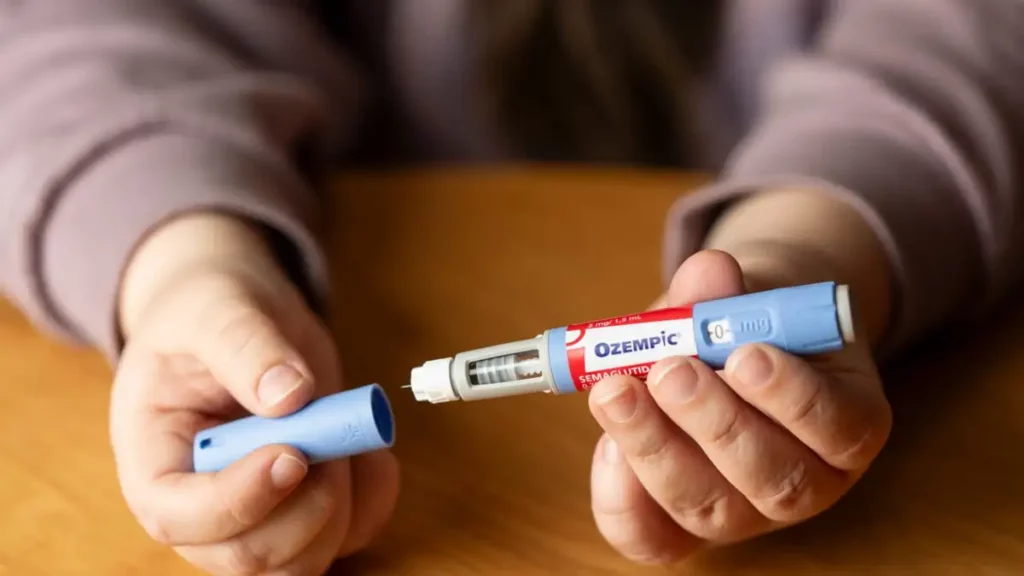Last Updated on: 10th December 2025, 05:41 am
Dental bonding, also known as adhesive dentistry, is a cosmetic dental procedure that offers a low-cost and quick solution for chipped, broken, cracked, or stained teeth.
This rehabilitation alternative is also used to treat other situations related to dental aesthetics and oral health.
Dental Bonding Cost: What is the Procedure?
The dentist applies phosphoric acid to the tooth to be treated to facilitate the bonding of the composite material (the filling) to the tooth structure.
He then proceeds to place the adhesive, evaporate excess and light cure with ultraviolet light.
Then, the dentist places the filling material in the intervention area and shapes it as required. Subsequently, an ultraviolet light is used to harden and fix the material.
Finally, the dentist polishes the bond for a better finish.
With proper care, dental bonding can last between three and seven years.
Dental Bonding Cost: Exploring the Advantages and Disadvantages
The advantages of this procedure are:
● It is a minimally invasive process.
● It is a quick procedure that can be done in a single visit to the dentist.
● It has no relevant effect on dental enamel.
● It does not require anesthesia, except for cavities.
● It is a low-cost aesthetic solution.
One disadvantage is that the material used for rehabilitation can stain and tends to discolor over time. The material is not as durable as the porcelain used in veneers or crowns and can easily chip.
When is dental bonding suggested?
This is a relevant alternative to address the following cases:
1. Cracked or discolored teeth.
2. Reduction of interdental space.
3. Equalizing the size of uneven teeth.
4. Replacing silver fillings.
5. Reshaping teeth.
6. Protecting gums exposed by gum recession.
7. Treating cavities.
What care does dental bonding require?
To maintain its natural appearance, dental bonding requires different care. Here are some suggestions that help maintain dental bonding:
● Reduce tobacco consumption.
● Avoid biting hard objects, such as pencils, ice, or raw carrots, among others.
● Practice good dental hygiene (brushing and flossing).
● Reduce coffee, tea, and red wine consumption.
● If you experience discomfort while biting, consult your dentist.
Although dental bonding is not a solution for all cases, it is a quick answer for minor injuries.
How Much Does Dental Bonding Cost Per Tooth?
The cost of this cosmetic and dental rehabilitation procedure ranges from $300 to $600 per tooth. In other words, the total cost will be proportional to the number of teeth that need to be treated.
When dental bonding is required to provide structural solutions or in the treatment of cavities, different dental health insurance plans cover a portion of the intervention cost. Generally, cosmetic procedures are not covered by dental health insurance.
This procedure usually lasts between 5 and 10 years, sometimes longer depending on the care. However, it will eventually need to be replaced over time.
Factors That Affect Dental Bonding Cost
The reference value may vary, ranging from a little less than $100 per tooth to over $1000 per tooth. This variation depends on factors such as:
1. The position of the tooth in the mouth (dental numbering) and how accessible it is to treat.
2. How many teeth need to be treated in the complete treatment.
3. What materials or type of bonding will be used and if it has cosmetic purposes.
4. Where the dental clinic is located, what services it provides, and the experience of the professional.
5. The type of dental insurance and whether it is considered a dental or cosmetic treatment.
Initial treatment costs can vary widely between clinics and will also depend on the coverage of the dental insurance plan.
Top 5 Options To Pay For Dental Bonding
There are several options for paying for dental bonding treatment, such as:
1. Dental discount plans: also known as savings plans, are an affordable and flexible alternative to dental insurance. In some insurance or clinics, members receive discounts and savings ranging from 10 to 60% of the treatment cost.
2. Payment plans: some clinics or dentists use external companies to offer payment plans that do not work like insurance; rather, they distribute the cost of the procedure into installments that make it more affordable. Something similar to financing that is later paid in installments.
3. Dental schools: some schools offer high-quality and very affordable treatments, which in turn allow students to gain experience, always supervised and directed by licensed dentists with sufficient experience to guarantee the treatment’s outcome.
4. Government programs: The Centers for Medicare & Medicaid Services (CMS) administer three federally funded programs that can help mitigate the costs of dental bonding procedures. These include Medicare (for those over 65 or with disabilities), Medicaid (state program, includes medical and dental benefits, with each state establishing requirements and rules for the services available), and the Children’s Health Insurance Program (CHIP) (covers children up to 19 years old who do not have medical insurance, includes medical and dental care, requirements may vary from state to state).
5. Donated dental services (DDS): offers free, high-quality dental treatments to vulnerable people (people with disabilities, seniors, and clinically fragile patients). It has a network of dentists and dental laboratories in the United States.
Conclusion
Dental bonding is an excellent, affordable, and fast alternative to improve appearances and correct minor imperfections that can create discomfort and customers’ embarrassment. However, it is less durable than other materials in the market, such as porcelain, but its immediate improvement and low enamel impact is a clever option. The aforementioned will depend on the patient condition and desires, so herewith, the importance of consulting with a dentist to recommend the most suitable method according to an individual’s case.
Share:
References
1. Cleveland Clinic (Abril 14 de 2022) Dental Bonding. https://my.clevelandclinic.org/health/treatments/10922-dental-bonding
2. Gurarie Mark (Agosto 24 de 2022) Teeth Bonding: Everything You Need to Know. https://www.verywellhealth.com/teeth-bonding-5248544#toc-cost-of-teeth-bonding
3. Higuera Valencia (Marzo 12 de 2019) Teeth bonding: What You Need to Know. https://www.healthline.com/health/dental-and-oral-health/teeth-bonding
4. Jesner Leoni (Enero 31 de 2023) What Is Teeth Bonding? How It Works, Benefits And More. https://www.forbes.com/health/body/what-is-teeth-bonding/
5. Porter Robert (Febrero 26 de 2023). Cosmetic Dental Bonding Guide: Procedure, Costs, and Alternatives. https://www.dentaly.org/us/cosmetic-dentistry/dental-bonding/
6. Sheehan Jan (Agosto 19 de 2009) How Dental Bonding CAn Alter the Look and Feel of Your Teeth. https://www.everydayhealth.com/dental-health/cosmetic-dentistry/bonding.aspx
7. WebMd (Abril 2 de 2023) Teeth Bonding. https://www.webmd.com/oral-health/guide/dental-bonding
8. Swain Ellie. (Dic 16, 2022). Dental Bonding Cost. https://www.newmouth.com/dentistry/restorative/bonding-cost/
-
Nayibe Cubillos M. [Author]
Pharmaceutical Chemestry |Pharmaceutical Process Management | Pharmaceutical Care | Pharmaceutical Services Audit | Pharmaceutical Services Process Consulting | Content Project Manager | SEO Knowledge | Content Writer | Leadership | Scrum Master
View all posts
A healthcare writer with a solid background in pharmaceutical chemistry and a thorough understanding of Colombian regulatory processes and comprehensive sector management, she has significant experience coordinating and leading multidisciplina...

